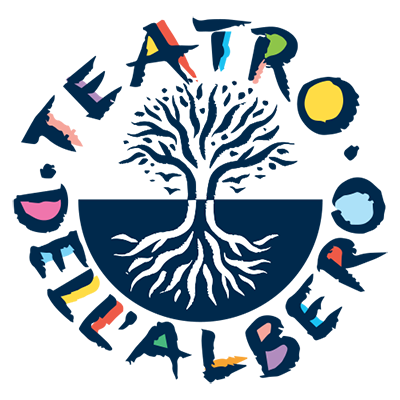This website uses cookies so that we can provide you with the best user experience possible. Cookie information is stored in your browser and performs functions such as recognising you when you return to our website and helping our team to understand which sections of the website you find most interesting and useful.

Kathakali Dance Theatre
Kathakali Dance Theater
Kathakali literally means ‘telling stories’. A kathakali performance (representation) lasts all night, from sunset to the first light of dawn.
In India there are several forms of classical dance theatre, but kathakali is one of the most important and best known. Kathakali has gained fame and respect in the West because of the seriousness and precision of its training. It has fascinated great masters of Western theatre such as Jerzy Grotowski, Eugenio Barba, Peter Brook and Ariane Mnouchkine.
Kathakali is a great theatre machine. Its actors-dancers start their training in infancy and to undergo a strict regime of study and practical exercises to reach formal perfection. Kathakali is an all-round union of theatre, music, dancing, singing, writing and costumes (which are seen as a moving set).
To build a character, the body is subdivided into an upper and lower part, which are subdivided into zones to emphasise micro-details. For example, the kalasha eye movement is a rhythmic sequence in which the eyes dance to draw the spectators’ attention and lead them to an integral and harmonious vision.




